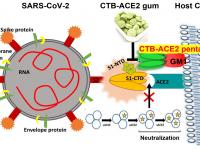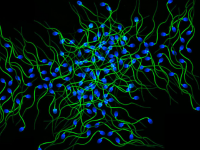Skin accounts for around 15% of our body mass. It is the largest and most visible organ in the human body.
Yet many of the skin’s functions are often overlooked. It’s a sunscreen, a shield from germs, a reservoir of vitamin D and a means of tightly regulating our body temperature.



